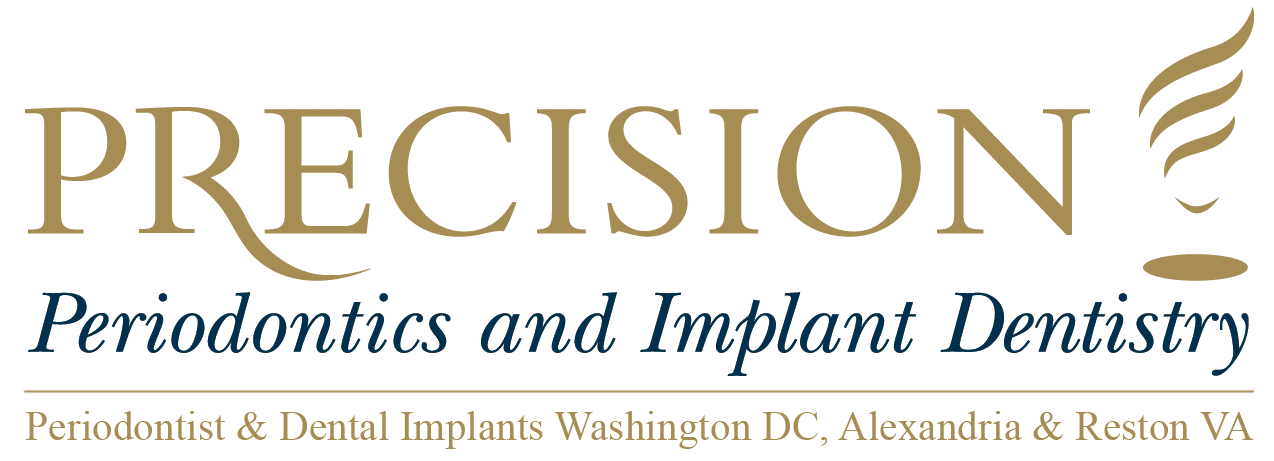Periodontology - Gingival Recession
Gingival recession is also called receding gums. When the gums recede, the roots of the teeth are exposed. While gingival recession is most common in people over 40, it is possible for children to experience gingival recession. Gingival recession is usually progressive, occurring gradually, though the changes may occur so gradually as to be largely unnoticed until they begin to manifest symptoms. There are many symptoms of gingival recession. When the gums recede, the teeth may appear longer, due to the fact that a greater proportion of the crown of the tooth is visible, and the color of the teeth may appear to change as the cementum becomes exposed. The roots of the tooth may also be visible, and the furcation, or notch, in a multi-rooted tooth may be visible or tangible. There may be cavities present below the gumline, and the teeth may also become mobile. There may also appear to be a greater amount of space between the teeth, as the interdental space is no longer cushioned by gum tissue. The teeth may be extremely sensitive, with sharp pain triggered by food or beverages that are extreme in temperature, very sweet, acidic, or spicy. When gingival recession is due to gingivitis, the gums may also appear puffy, inflamed, or red, and they may bleed during brushing, flossing, or due to other stimuli. Bad breath is another common symptom of gingivitis. The swelling of the gum tissue that gingivitis causes may also mask a gingival recession problem, and recession may only appear upon treating the swelling.
Gingival recession can be caused by many possible factors. The most common cause of gingival recession is periodontal disease. Gingival recession may also be caused by brushing that is too aggressive and done improperly. Brushing in a horizontal direction or with a toothbrush that is too hard have been associated with gingival recession; dentists can provide instruction on proper brushing and flossing techniques, as flossing incorrectly or too aggressively may damage the gums. In some people, the gingival tissue is thin or fragile for hereditary reasons, and the gum tissue can also be adversely affected by scurvy and acute necrotizing ulcerative gingivitis. Other possible causes of gingival recession include the use of chewing tobacco, certain habits that inflict trauma on the gum tissue, abnormal positioning of the teeth, or friction from piercings in the lip or tongue. The gum tissue may also be retracted intentionally, if the adult tooth does not erupt properly from the gum.
Gum recession can often be repaired with periodontal plastic surgery, which is a procedure that uses gum grafts to regenerate new gum tissue. Periodontal plastic surgery can be performed by a periodontist and may use gum tissue from adjacent teeth or tissue from the roof of the mouth. Some procedures may also use a material called acellular dermal matrix, a processed human skin allograft, and recent innovations have also focused on the use of a platelet-derived growth factor. The advisability of these periodontal plastic surgery procedures is dependent on the levels of bone that surround the teeth, and on the shape and position of the gingival recession.
